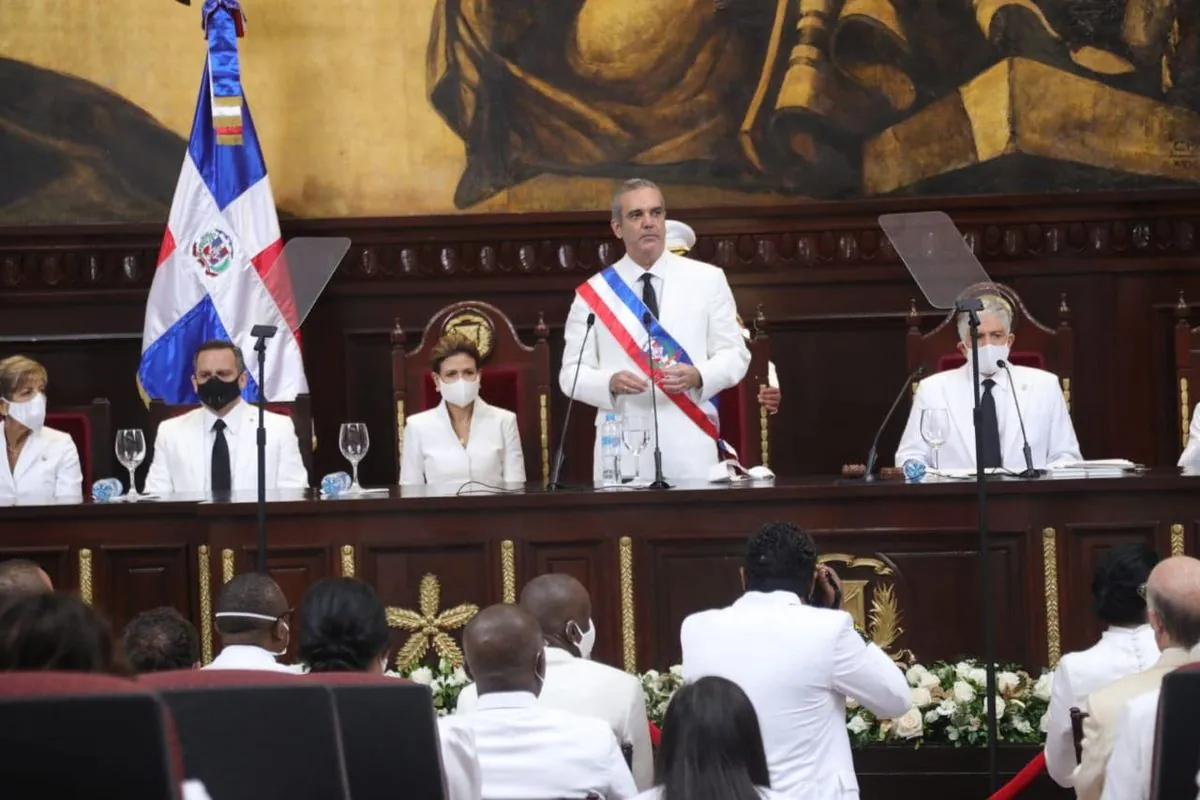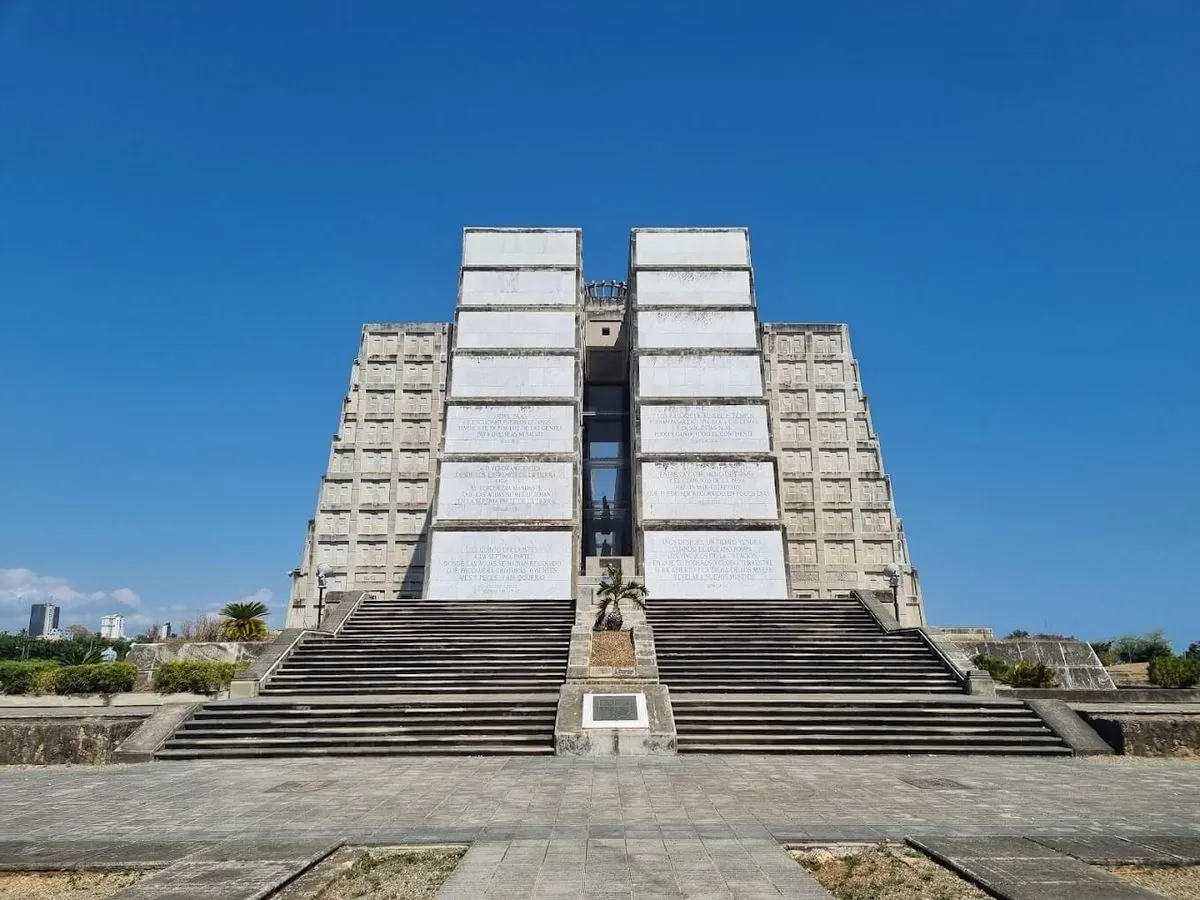Dominican President Abinader Begins Second Term Amid Cabinet Reshuffle
Luis Abinader inaugurated for second term as Dominican Republic's president. New cabinet appointments announced, including key economic roles, while central bank leadership remains unchanged.

On August 16, 2024, Luis Abinader assumed his second four-year term as president of the Dominican Republic. The inauguration ceremony, held in Santo Domingo, drew a distinguished crowd of international dignitaries and local officials.
Abinader, a 57-year-old former businessman, secured his re-election in May 2024 with a commanding 58% of the vote. His campaign platform focused on promoting business growth, combating corruption, and implementing stricter policies regarding migrants from neighboring Haiti.
The inauguration event, hosted at the National Theater in Santo Domingo, saw attendees from both political and private sectors dressed in white. Notable guests included the King of Spain and various regional leaders. On the sidelines of the ceremony, discussions were expected to address the outcome of Venezuela's contested July 2024 election.

In preparation for his second term, Abinader announced several key cabinet appointments. Economist Joel Santos was named as the new mines and energy minister. This appointment is particularly significant given the Dominican Republic's status as home to Puerto Viejo, one of the world's largest gold mines, and its role as a major supplier of ferronickel. Santos, previously serving as minister of the presidency, brings experience overseeing transport, water, electrical infrastructure, and construction projects.
Jose Ignacio Paliza, president of Abinader's Modern Revolutionary Party and former senator for Puerto Plata province, was appointed as the new minister of the presidency. In this role, Paliza will coordinate between the president and other sectors of government.
Ensuring continuity in financial leadership, Abinader signed a decree retaining key members of the financial administration. Hector Valdez, a veteran of the central bank, will continue as its governor. Clarissa de la Rocha remains vice governor, and Alejandro Fernandez continues as superintendent of the country's banking watchdog.
"We will continue to build a prosperous, secure, and inclusive Dominican Republic for all our citizens."
The Dominican Republic, the second-largest Caribbean nation by area, boasts a rich history and vibrant culture. As Abinader begins his second term, he faces the challenge of balancing economic growth with social development in a country known for its beautiful beaches, resorts, and as the birthplace of many famous Major League Baseball players.
With a population of approximately 10.8 million people as of 2024, the Dominican Republic stands as the largest economy in the Caribbean and Central American region. Abinader's administration will need to navigate complex regional relationships, including ongoing issues with neighboring Haiti, while fostering the country's crucial tourism industry and diversifying its economic base.
As the oldest continuously inhabited European settlement in the Americas, Santo Domingo serves as a fitting backdrop for this new chapter in the Dominican Republic's democratic journey. The country's path forward under Abinader's leadership will be closely watched both regionally and globally.


































